How the Russia-Ukraine war, COVID and climate change are fuelling a growing global food crisis

A perfect storm
The war’s impact on food production is travelling beyond Ukraine’s borders — it is rippling across the world in the form of a global food crisis.
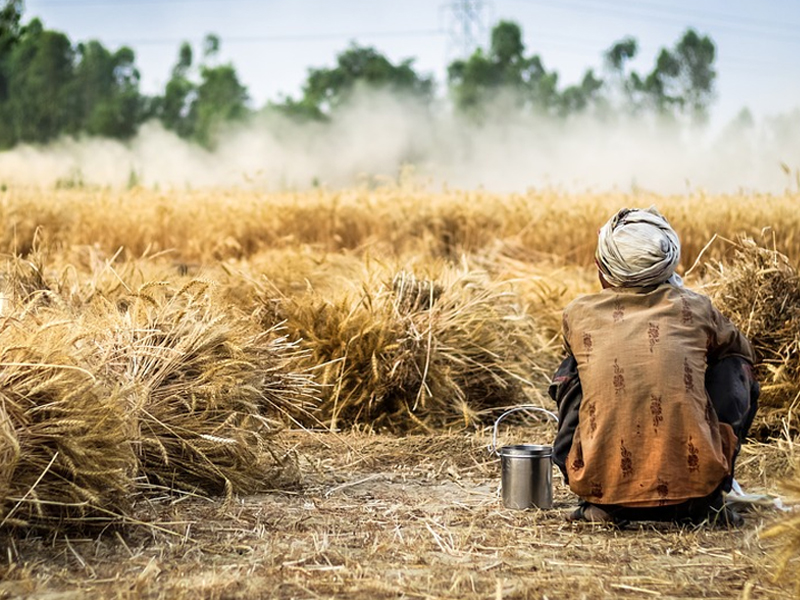
The disruption of wheat and other staple food exports from Ukraine and Russia has sent already high global food prices skyrocketing.
According to the UN’s World Food Programme (WFP), Russia and Ukraine combined account for about 30 per cent and 20 per cent of global wheat and maize exports respectively.
The sudden disruption to food supply has led the WFP, which provides food aid to the world’s most vulnerable, to warn that catastrophe is looming and 44 million people are on the verge of famine and millions more face hunger and malnutrition.
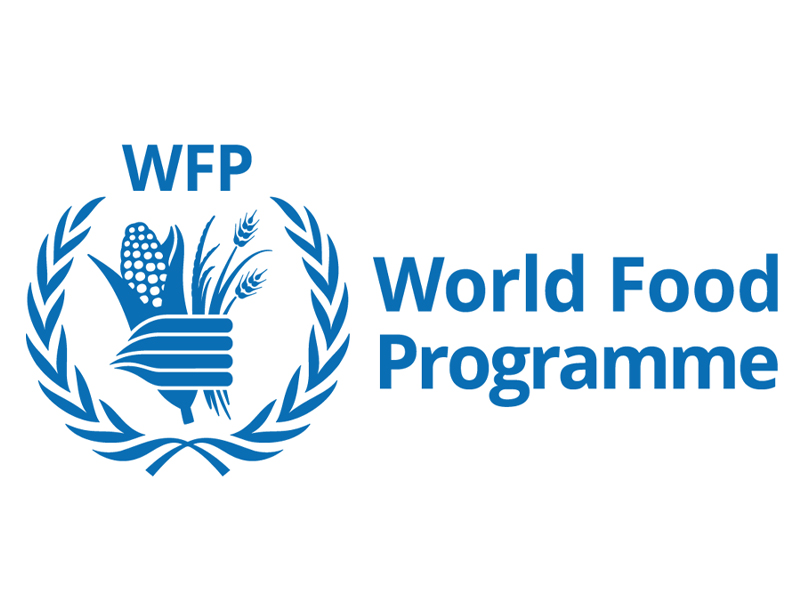
“It’s a perfect humanitarian storm,” Dr Martin Frick, director of the WFP’s global office, said.
“I would say that since the Second World War we haven’t seen a humanitarian situation as severe as the current one.”
New data released this week in the 2022 Global Report on Food Crisis (GRFC) showed “an alarming deterioration of acute food insecurity”.
The report said nearly 193 million people in 53 countries and territories faced “crisis”, “emergency” or “catastrophic” levels of food security in 2021 — the highest since the report began gathering data in 2016.
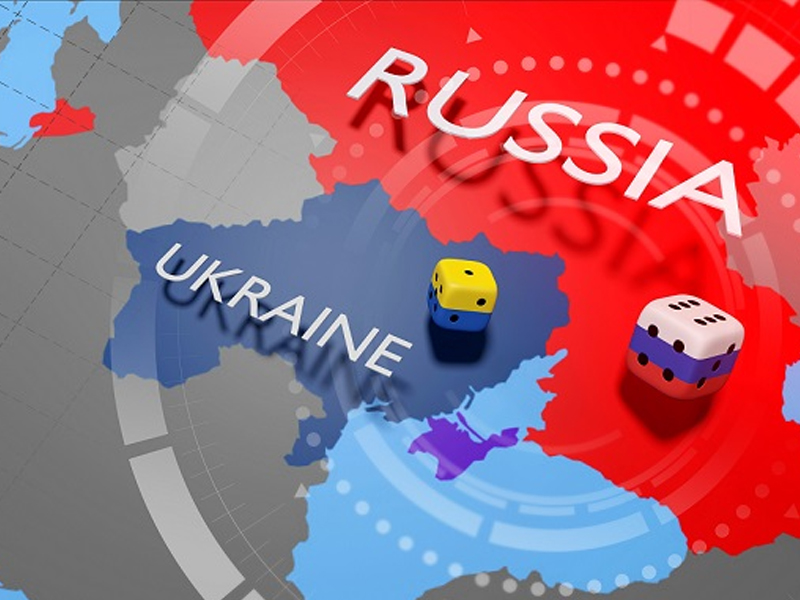
In 2016, 108 million people in 48 countries were in those worst levels of hunger.
The countries currently with the highest number of people experiencing the worst levels of hunger are the Democratic Republic of Congo, Afghanistan, Ethiopia and Yemen.
In Afghanistan, mother of eight Amara, whose name has been changed to protect her identity, told aid organisation Save the Children her family was surviving on bread, tea and spinach.
“I wish I could buy a bag of rice or flour, but we cannot afford it,” she said.
“It has shocked us how much the cost of food has increased, I’m too scared now to ask how much the food costs in the market.”
Save the Children said Afghanistan was facing the worst food crisis the country had ever seen.

Amara, a widow who lost her job in Kabul when the Taliban took control of the country last year, said her children often had to go to bed hungry.
She said she might have to send them to work to make money.
After Russia invaded Ukraine, the global food price index, which tracks monthly international price changes on a basket of staple foods, reached an all-time high.
But even before the war, global food prices were reaching alarming heights.
“We already had record-high food prices, even in January, that was basically the consequence of two years of pandemic, [and] soaring energy prices,” Dr Frick said.
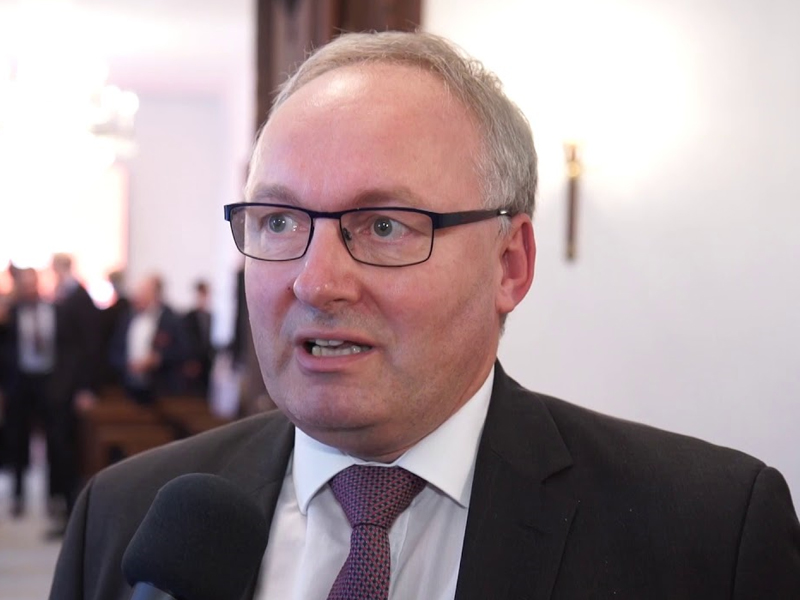
Conflict, COVID-19 and climate change
Josh Hallwright, Oxfam Australia’s humanitarian lead, said the forces driving food prices up and leading to the current global food crisis could be summarised with three ‘c’s: conflict, COVID-19 and climate change.
“The recent war in Ukraine, but also there are lots of different conflicts around the world, and when you’re living in a conflict setting, that makes it very difficult to get food,” Mr Hallwright said.
“Climate change is changing weather patterns all around the world, changing the way food is produced.”
In its latest report, the Intergovernmental Panel on Climate Change warned that climate change was already impacting agricultural production and without rapid transformation the world would likely see mass crop failures and food system collapse.
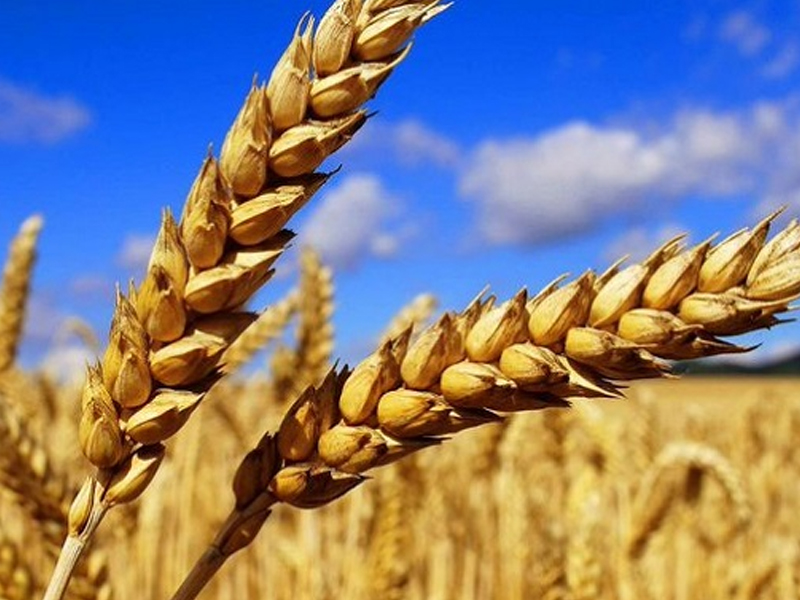
“The COVID-19 pandemic and governments’ response to that has changed the way people access food, the supply chains, and that’s driving food prices up as well,” Mr Hallwright said.
When global food prices spike, more people around the world are pushed further into hunger and poverty.
For the WFP, the price rise impacts how much food aid it can provide.
“Our work has become much more difficult than before, we have operating costs that are $US71 million a month higher than they were two years ago,” Dr Frick said.
“That is the equivalent of looking after 3.8 million people for a year. In simple terms, we can buy less and we can do less with the money.”
source : www.abc.net.au


